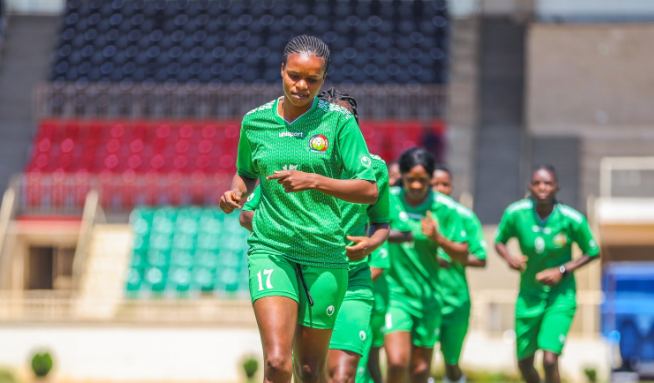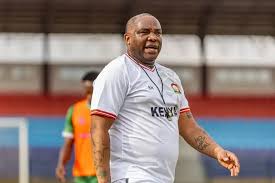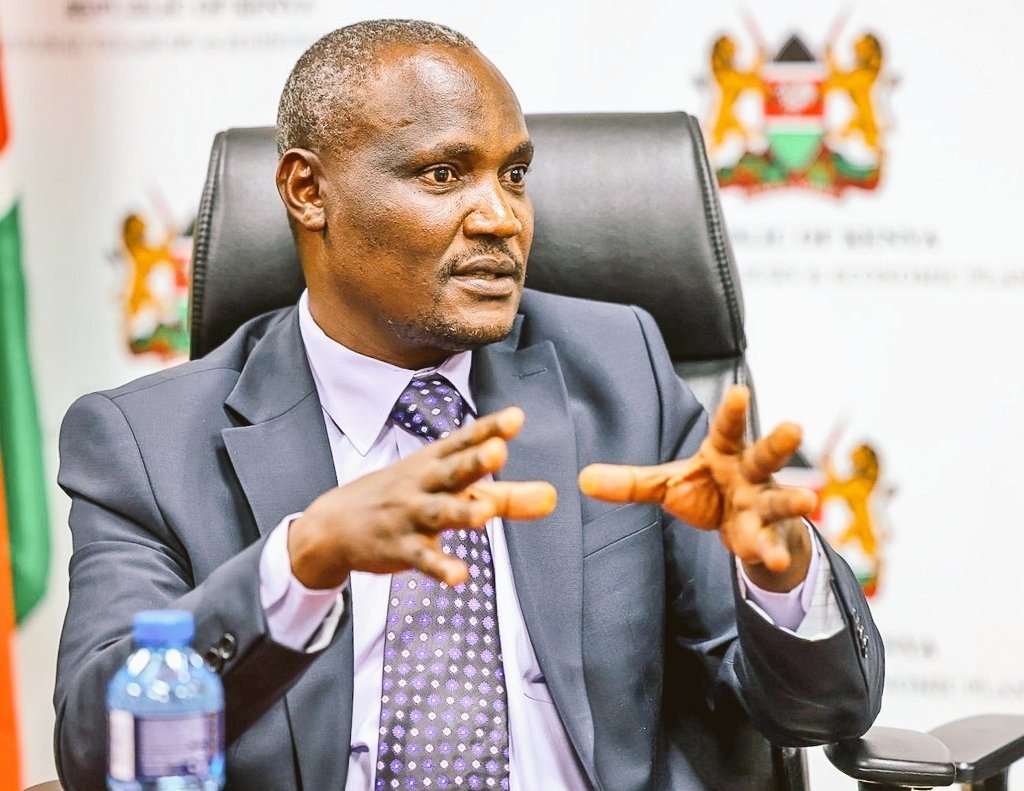Why Starlets stand a better chance of qualifying for the FIFA World Cup ahead of their male counterparts

Gone are the days when football was considered exclusively a men’s sport as, recently, we have witnessed top female talents from across the globe making incredible goals, some of which are nominated for the Puskas Award alongside their male counterparts.
Women’s football has come a long way since its inception in the late 1800s. Kenya is no exception, as women’s football was introduced at the tail end of the 19th century. The development of women’s football, though slow, has achieved significant milestones in the past two to three years.
Harambee Starlets have a properly greased and effectively working pipeline system. The girls who featured for the Rising Starlets in the dismantling of Angola will gradually make their way into the senior team. Unlike in the male setup, where the majority of the players have manipulated their ages, the Junior Starlets have adhered to integrity. Most of their players have played in the Kenya Secondary School Sports Association (KSSSA) ball games or tournaments like Chapa Dimba. This integrity is crucial for ensuring longevity and proper player development, with training tailored to their age.
What’s more, is that most of our girls feature in top European leagues. In contrast to Harambee Stars, where only a handful of our star players feature in elite European leagues, the Starlets have numerous players competing regularly with top talents in European leagues. Players like Marjolen Nekesa of Slavia Praha helped her team secure a spot in the UEFA Women’s Champions League; she found the net thrice in the two-legged qualifiers. Many other Kenyan players are also part of competitive teams across the continent, including Jentrix Shikangwa who plays in Asia and Cynthia Shilwatso, also known as Madabo, who plays for Kyrvbas Women in the Ukrainian Women’s Top Tier league.
Most of the Harambee Starlets players feature in the CAF Women’s Champions League, and, during the recently concluded qualifiers, we saw eight of our girls being given short-term contracts to help Buja Queens qualify for the women’s Champions League qualifiers. This underlines the respect and high regard for Kenyan football in East Africa. In the recent past, Vihiga Queens have raised our flag high in the African Women’s Champions League as the first team from the CECAFA region to feature in the tournament.
With the federation mandating all-male teams to have a women’s team attached, we’ve seen some effort, with teams like Police Bullets entering the scene and striving for professionalism. This season, the federation has shown goodwill towards the women’s league, revamping the FKF Women’s Premier League social media handles, from pre-match and post-match graphics to live streams of selected games. Consistent viewership and interest will increase as Kenyans love supporting their own.
It’s crucial for clubs in the FKF Women’s Premier League and subsequent leagues to follow suit, matching their male counterparts in creating a social media presence. There’s no room to play the victim, citing gender or the watu hawapendi ball ya mademcard. How can you expect fans to attend when you choose to host your home games near the border or when you are a Nairobi-based team? Teams must step up their game in terms of fan engagement, content creation, packaging, and professionalism to ensure the flourishing of women’s leagues.
—The writer is a football content creator, data analyst and a video analyst —@GitsJunior











